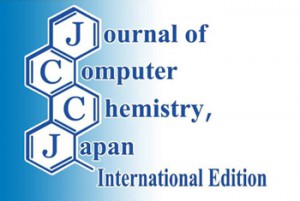[Published online Journal of Computer Chemistry, Japan Vol.20, 126-128, by J-STAGE]
<Title:> 虚数時間発展法による電子状態計算手法の開発
<Author(s):> 王 欽林, 善甫 康成
<Corresponding author E-Mill:> qinlin.wang.3p(at)stu.hosei.ac.jp
<Abstract:> We have been studying the time-evolution technique in imaginary time. The electronic structure calculated in this technique is valid for the ground state, which is easily confirmed from the completeness of the wavefunction. However, the excited states can be also obtained by Gram-Schmidt orthogonalization technique. As a practical 3D calculation, we applied this technique to hydrogen atom and molecule systems. The results are in good agreement with their analytical solutions, including the excited states. The purpose of this study is to present the effectiveness of this technique for practical electronic structure calculations. To realize it, we will start to apply this to hydrogen and practical small molecule systems.
<Keywords:> Time-evolution technique, Imaginary time, Electronic structure calculation
<URL:> https://www.jstage.jst.go.jp/article/jccj/20/3/20_2021-0032/_article/-char/ja/
